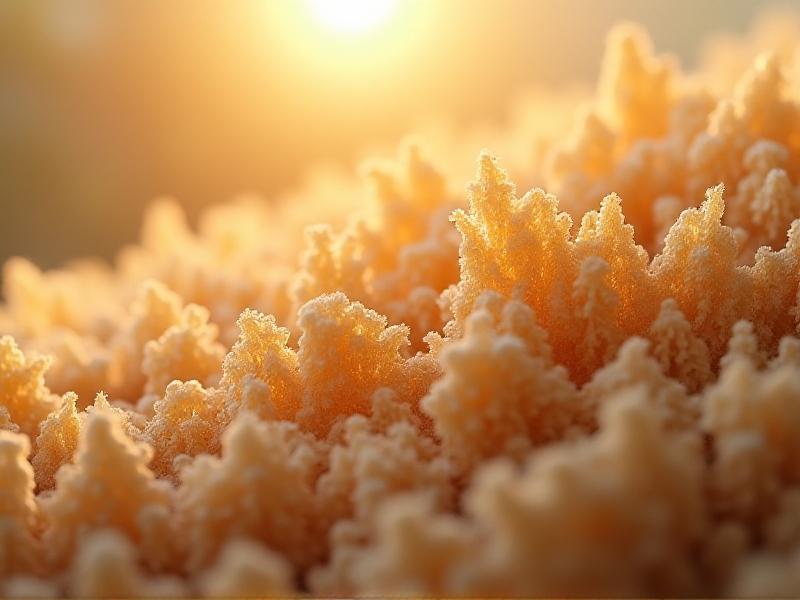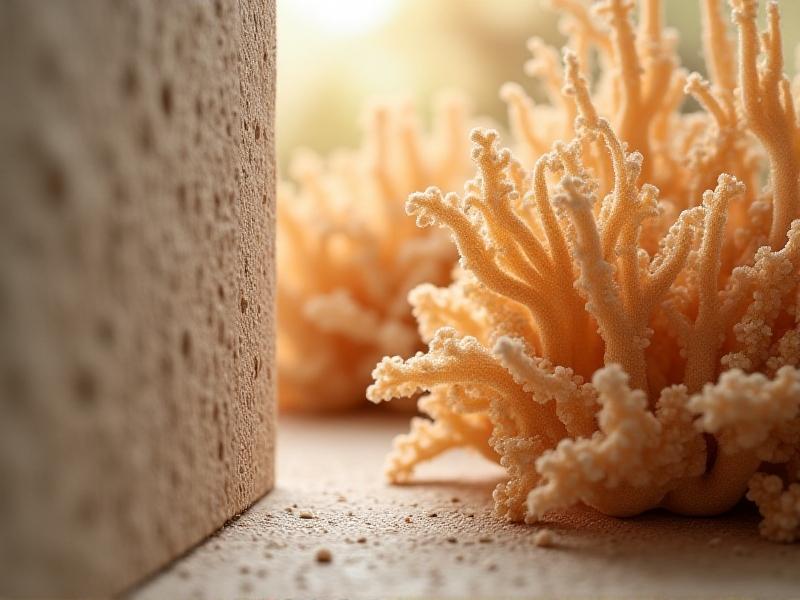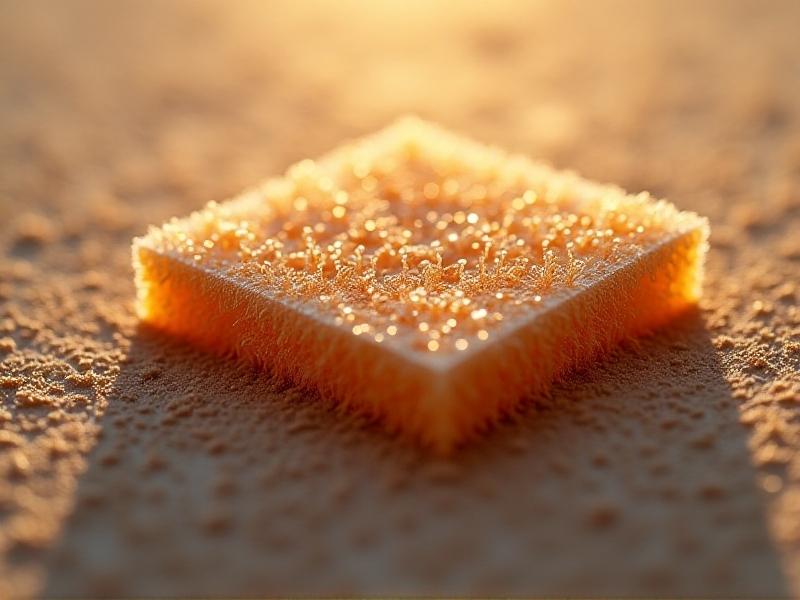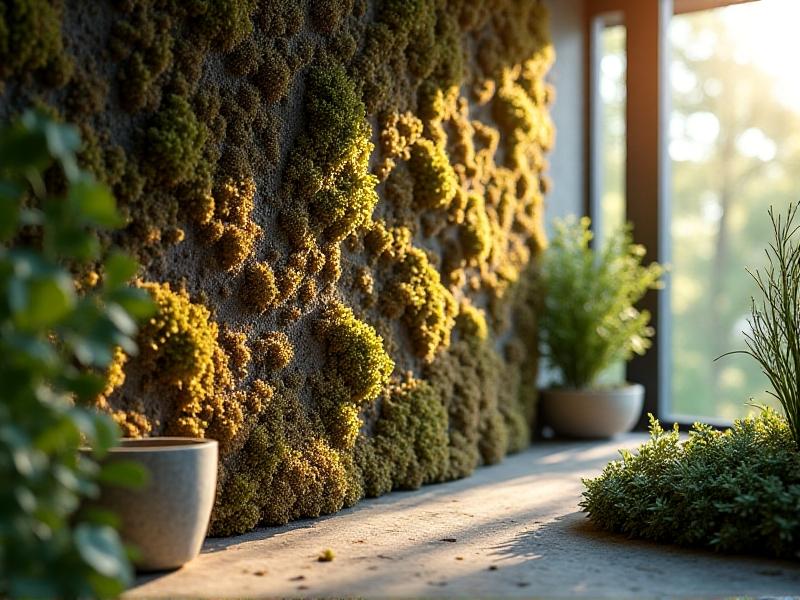Pest Resistance Treatments for Organic Insulation Materials
Understanding Pest Resistance in Organic Insulation Materials
Organic insulation materials, such as cellulose, wool, and cotton, are increasingly popular for their sustainability and eco-friendliness. However, their natural composition makes them susceptible to pest infestations, which can compromise their effectiveness and longevity. Understanding the mechanisms of pest resistance is crucial for developing treatments that protect these materials without undermining their organic integrity.
Pests like rodents, insects, and fungi are attracted to organic insulation because it provides a source of food, shelter, or nesting material. For instance, cellulose insulation, made from recycled paper, can be a target for termites, while wool insulation may attract moths. To address this, researchers and manufacturers have explored various treatments that deter pests without introducing harmful chemicals.
One approach involves modifying the physical structure of the insulation to make it less appealing to pests. For example, denser materials can deter rodents from burrowing, while certain textures can repel insects. Another strategy is to incorporate natural repellents, such as essential oils or plant-based compounds, which are safe for humans and the environment but effective against pests.

Natural Repellents for Pest Resistance
Natural repellents are a cornerstone of pest resistance treatments for organic insulation materials. These substances, derived from plants or minerals, offer a non-toxic alternative to synthetic pesticides. Essential oils like neem, eucalyptus, and cedarwood are particularly effective due to their strong odors and insecticidal properties.
Neem oil, extracted from the seeds of the neem tree, is widely used for its ability to repel and kill a variety of pests, including termites, ants, and moths. Its bitter taste and strong smell make it an excellent deterrent. Similarly, eucalyptus oil is known for its ability to repel rodents and insects, while cedarwood oil is effective against moths and other fabric-damaging pests.
In addition to essential oils, diatomaceous earth is a popular natural repellent. This fine powder, made from the fossilized remains of diatoms, works by physically damaging the exoskeletons of insects, leading to dehydration and death. It is safe for humans and pets but highly effective against pests like ants, cockroaches, and bedbugs.
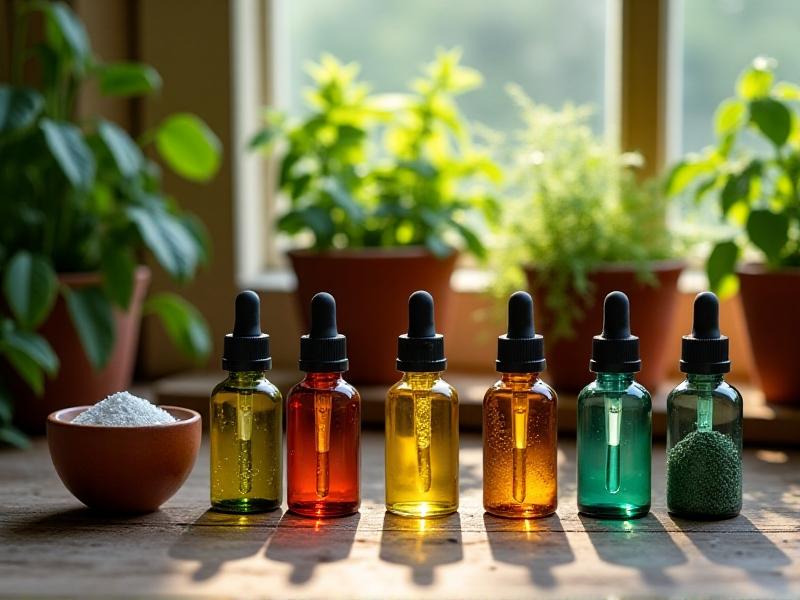
Physical Barriers and Structural Modifications
Physical barriers and structural modifications are another effective way to enhance pest resistance in organic insulation materials. These methods focus on altering the material's physical properties to make it less accessible or appealing to pests.
One common approach is to increase the density of the insulation. Denser materials are harder for pests to penetrate, making them less likely to nest or burrow. For example, tightly packed cellulose insulation can deter rodents, while dense wool insulation can resist moth infestations.
Another strategy is to incorporate mesh or screens into the insulation. These barriers can prevent pests from entering while still allowing the material to breathe and maintain its insulating properties. Additionally, certain textures or finishes can repel pests. For instance, rough or prickly surfaces can deter insects, while smooth, sealed surfaces can prevent rodents from gnawing.
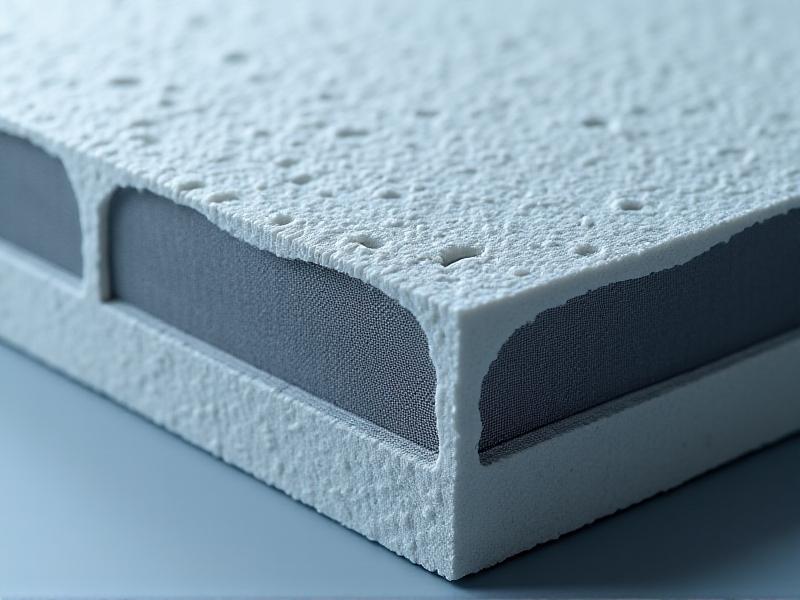
Chemical Treatments: Balancing Safety and Effectiveness
While natural repellents and physical barriers are effective, some situations may require chemical treatments to achieve optimal pest resistance. The challenge lies in balancing safety and effectiveness, ensuring that the treatments do not harm humans, pets, or the environment.
Borate compounds are a popular choice for chemical treatments in organic insulation. These compounds, derived from boron, are effective against a wide range of pests, including termites, ants, and fungi. They work by disrupting the pests' digestive systems and metabolic processes, leading to their eventual death. Borates are relatively safe for humans and pets, making them a suitable option for organic insulation.
Another chemical treatment involves the use of silica aerogels. These lightweight, porous materials can be incorporated into insulation to deter pests. Silica aerogels absorb moisture from the pests' bodies, causing dehydration and death. They are non-toxic and environmentally friendly, making them an excellent choice for organic insulation materials.
Long-Term Maintenance and Monitoring
Ensuring the long-term effectiveness of pest resistance treatments in organic insulation materials requires regular maintenance and monitoring. Pests are persistent, and their behavior can change over time, making it essential to stay vigilant and proactive.
Regular inspections are a key part of maintenance. Homeowners and building managers should check insulation materials for signs of pest activity, such as droppings, gnaw marks, or nests. Early detection can prevent minor infestations from becoming major problems.
In addition to inspections, periodic reapplication of natural repellents or chemical treatments may be necessary. Over time, these treatments can degrade or lose their effectiveness, especially in harsh environmental conditions. Reapplying treatments as needed ensures that the insulation remains pest-resistant.
Finally, maintaining a clean and clutter-free environment around the insulation can help deter pests. Pests are attracted to food sources and nesting materials, so eliminating these attractants can reduce the risk of infestation. Proper ventilation and moisture control are also important, as damp conditions can encourage pests like fungi and termites.
The Future of Pest-Resistant Organic Insulation
As the demand for sustainable building materials continues to grow, so does the need for effective pest resistance treatments for organic insulation. Researchers and manufacturers are exploring innovative solutions that combine natural repellents, physical barriers, and chemical treatments to create materials that are both eco-friendly and pest-resistant.
One promising area of research is the development of bio-based polymers that can be incorporated into insulation materials. These polymers, derived from renewable resources, can enhance the material's durability and pest resistance. Additionally, advances in nanotechnology are opening up new possibilities for creating insulation materials with built-in pest resistance properties.
Another exciting development is the use of genetic engineering to create pest-resistant plants that can be used as raw materials for insulation. For example, researchers are working on developing cotton plants that produce natural insect repellents, making the resulting insulation inherently pest-resistant.
As these technologies continue to evolve, the future of pest-resistant organic insulation looks bright. By combining traditional knowledge with cutting-edge science, we can create materials that are not only sustainable but also highly effective at deterring pests.
